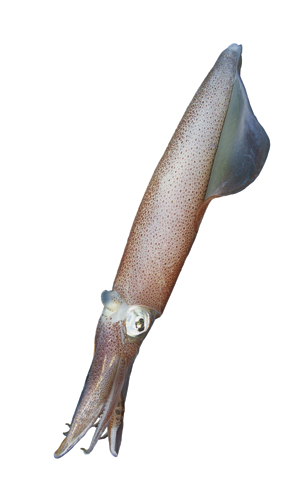
British biologists Alan Hodgkin and Andrew Huxley discovered the resting potential in the summer of 1939, while studying marine invertebrates—
MAREVISION/AGEFOTOSTOCK/GETTY IMAGES